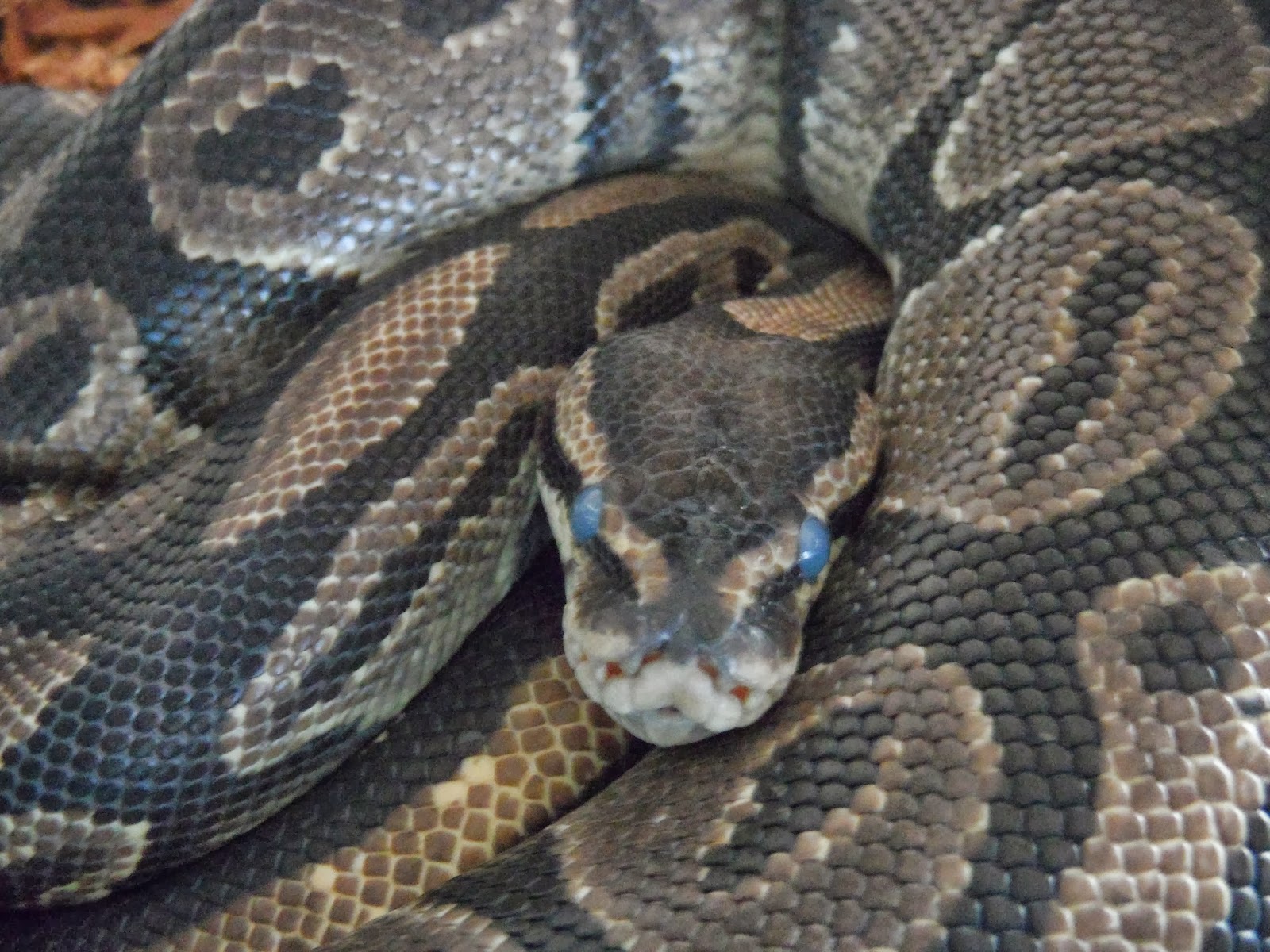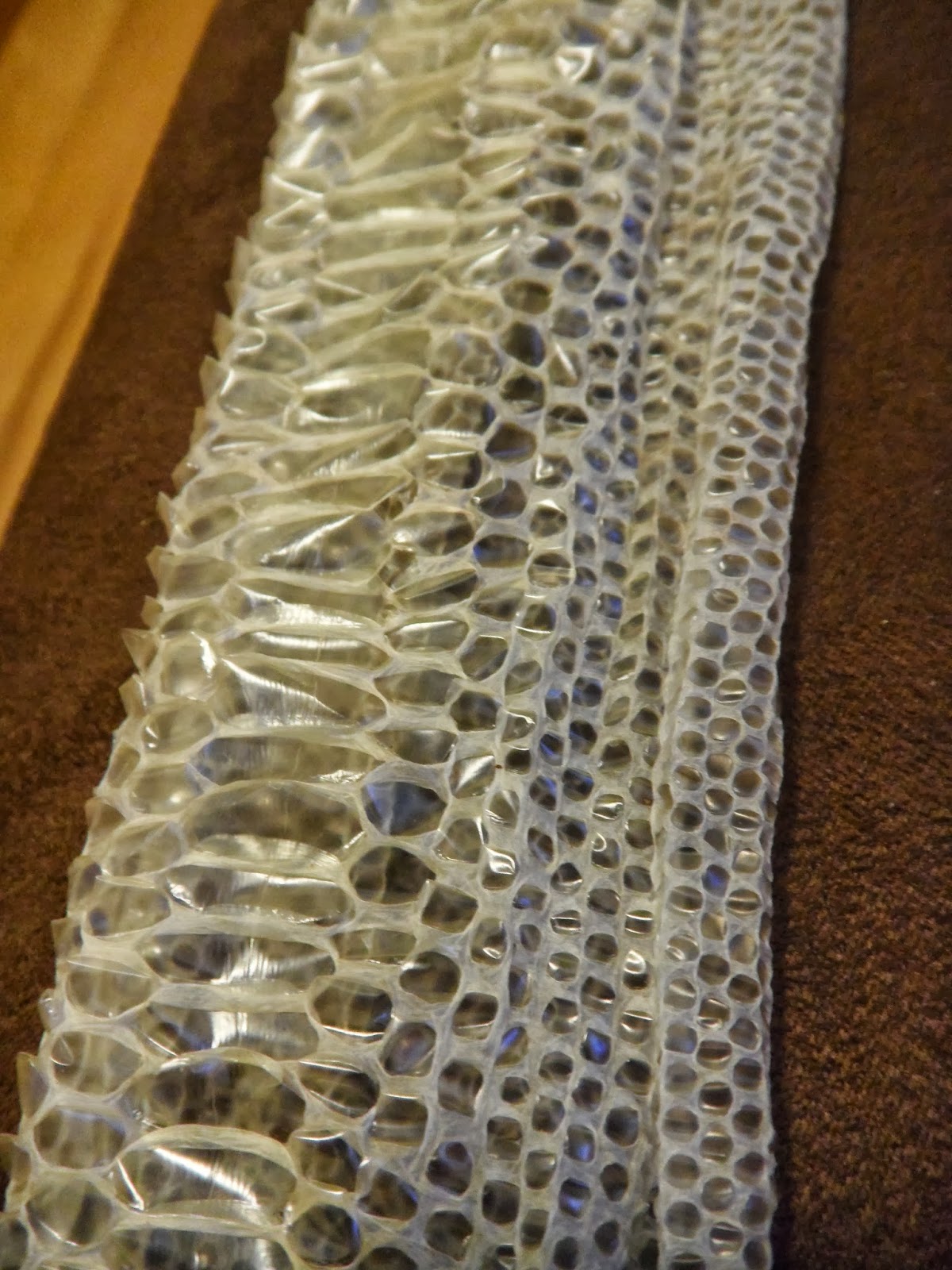So, not much is new with Jolene. A few things have changed however since winter arrived. Keeping her tank warm and humid has been a main priority. She's always had an under tank heater and a heater above her tank, but that makes it super dry in the winter especially with our heat on. I set up a humidifier next to her tank and that barely makes it humid enough. I also wet a towel and place it over the top of her cage to keep the moisture in. So now the spare room is nice and cozy!
And get this, she hasn't eaten since October! It's usual for them to eat every 4-6 weeks so I was getting concerned when she continued to refuse to eat. So I did a little research, and it turns out not eating is normal too. Apparently even though ball pythons don't hibernate in the wild, captive pets will slow down and not eat this time of year. It's like they can sense that it's winter.
She's still pretty active though. Here are some pictures of what she's been up to:
Sometimes she's stubborn and won't let go of whatever she's gripping. I just have to let her take her time because the more I pull the harder she'll tense up. It probably took 5 minutes to get her off this chair!
I like watching her drink water. She'll quickly flick her tongue in and out to sip it up.
Then she went for a bath. It was the first time I saw her go all the way under.
Pressed up against the glass.
Some people think, "Did I leave the garage door open?" I think, "Did I lock the snake's cage?" She spends a lot of time poking at the top of her cage.
Here's another example of her being stubborn. I let her out of her cage and she slithered behind it and wouldn't come out despite my tugging on her. I figured she'd be there a while so I got the camera because her body looked pretty cool. (There's a mirror behind her cage, hence the double image.)
Look at that flexible spine!

























































